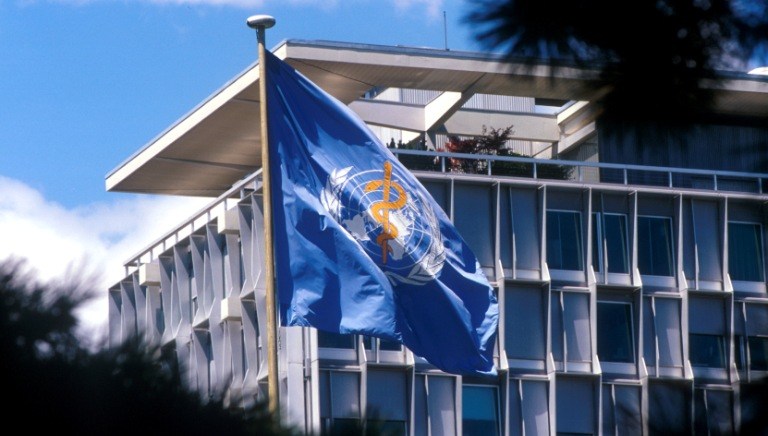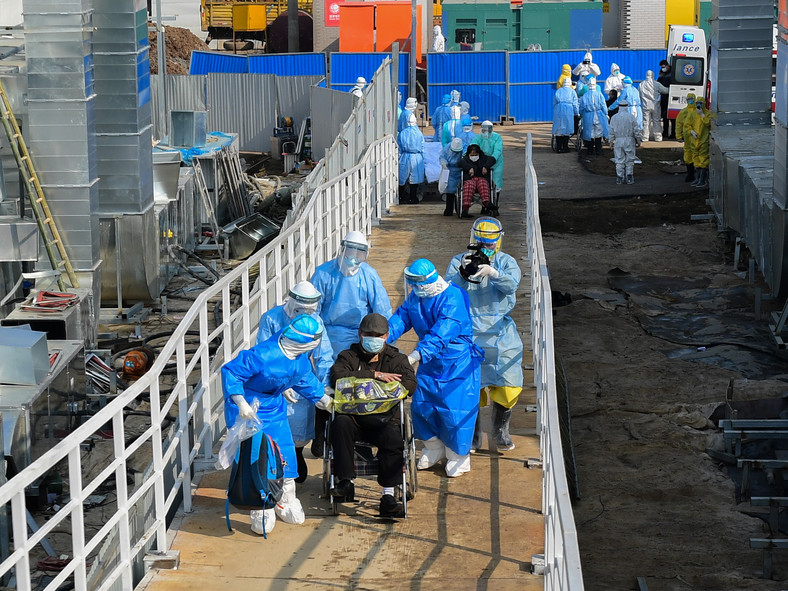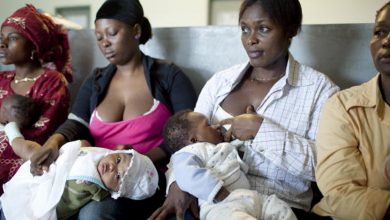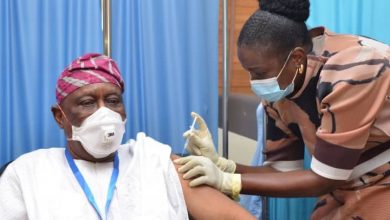
For the record: Modes of transmission of virus causing COVID-19: implications for IPC precaution recommendations
Penpushing is on the mailing list of World Health Organisations(WHO) to provide you daily update on the ravaging coronavirus. We brought you the modes of transmission of the virus, implications and precaution recommendation as provided by the world health body
Scientific brief
According to current evidence, COVID-19 virus is transmitted between people through respiratory droplets and contact routes.
Droplet transmission occurs when a person is in in close contact (within 1 m) with someone who has respiratory symptoms (e.g. coughing or sneezing,) and is therefore at risk of having his/her mucosae (mouth and nose) or conjunctiva (eyes) exposed to potentially infective respiratory droplets (which are generally considered to be > 5-10 μm in diameter). Droplet transmission may also occur through fomites in the immediate environment around the infected person.7 Therefore, transmission of the COVID-19 virus can occur by direct contact with infected people and indirect contact with surfaces in the immediate environment or with objects used on the infected person (e.g. stethoscope or thermometer).
Airborne transmission is different from droplet transmission as it refers to the presence of microbes within droplet nuclei, which are generally considered to be particles < 5μm in diameter, and which result from the evaporation of larger droplets or exist within dust particles. They may remain in the air for long periods of time and be transmitted to others over distances greater than 1 m.
In the context of COVID-19, airborne transmission may be possible in specific circumstances and settings in which procedures that generate aerosols are performed (i.e. endotracheal intubation, bronchoscopy, open suctioning, administration of nebulized treatment, manual ventilation before intubation, turning the patient to the prone position, disconnecting the patient from the ventilator, non-invasive positive-pressure ventilation, tracheostomy, and cardiopulmonary resuscitation). In analysis of 75,465 COVID-19 cases in China, airborne transmission was not reported.
There is some evidence that COVID-19 infection may lead to intestinal infection and be present in faeces. However, to date only one study has cultured the COVID-19 virus from a single stool specimen. There have been no reports of faecal−oral transmission of the COVID-19 virus to date.

Implications of recent findings of detection of COVID-19 virus from air sampling
To date, some scientific publications provide initial evidence on whether the COVID-19 virus can be detected in the air and thus, potentially involve airborne transmission. These initial findings need to be interpreted carefully.
A recent publication in the New England Journal of Medicine has evaluated virus persistence of the COVID-19 virus. In this experimental study, aerosols were generated using a three-jet Collison nebulizer and fed into a Goldberg drum under controlled laboratory conditions. This is a high-powered machine that does not reflect normal human cough conditions. Further, the finding of COVID-19 virus in aerosol particles up to 3 hours does not reflect a clinical setting in which aerosol-generating procedures are performed—that is, this was an experimentally induced aerosol-generating procedure.
There are reports from settings where symptomatic COVID-19 patients have been admitted and in which no COVID-19 RNA was detected in air samples. In addition, it is important to note that the detection of RNA in environmental samples based on PCR-based assays is not indicative of viable virus that could be transmissible.
Conclusions
Based on the available evidence, including the recent publications mentioned above, WHO continues to recommend droplet and contact precautions for those people caring for COVID-19 patients and contact and airborne precautions for circumstances and settings in which aerosol generating procedures are performed. These recommendations are consistent with other national and international guidelines, including those developed by the European Society of Intensive Care Medicine and Society of Critical Care Medicine and those currently used in Australia, Canada, and United Kingdom.
At the same time, other countries and organizations, including the US Centers for Diseases Control and Prevention and the European Centre for Disease Prevention and Control, recommend airborne precautions for any situation involving the care of COVID-19 patients, and consider the use of medical masks as an acceptable option in case of shortages of respirators (N95, FFP2 or FFP3).
Current WHO recommendations emphasize the importance of rational and appropriate use of all PPE, not only masks, which requires correct and rigorous behavior from health care workers, particularly in doffing procedures and hand hygiene practices. WHO also recommends staff training on these recommendations, as well as the adequate procurement and availability of the necessary PPE and other supplies and facilities. Finally, WHO continues to emphasize the utmost importance of frequent hand hygiene, respiratory etiquette, and environmental cleaning and disinfection, as well as the importance of maintaining physical distances and avoidance of close, unprotected contact with people with fever or respiratory symptoms.






